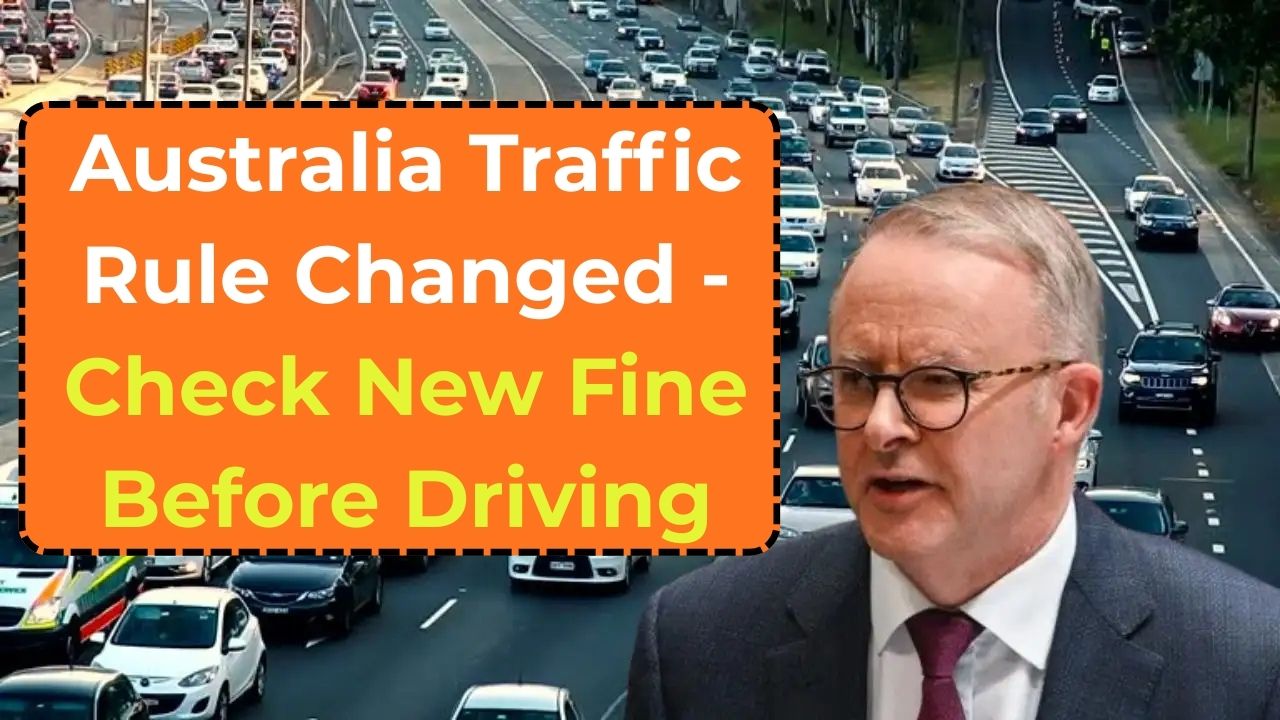From 2025 onwards, changes Across Australian states regarding traffic laws like new speed limits and enforcement measures to improve safety outcomes while reducing road deaths are some of the major changes that are being undertaken. These changes were first put into effect in January and are the most intricate changes to traffic law in the past decade.
Expanded Levies and Stricter Enforcement
Changes to the legislation implement an aggressive two-tiered penalty system with more severe charges for serial offenders. Minor infractions years now start at $300 for first time speeding violations while serial offenders can have their charging fees start at $2500 and have their licenses immediately suspended for going over the speed limit by 30km/h.
Mobile phone detection cameras have now moved to all states and territories and are no longer confined to just NSW. Their penalties include a fine of $500 and five demerits for using mobile phones while driving to which the camera detects.
Integration of Technology
The cross section of enforcement and technology with Australian laws has led to the introduction of new laws. point to point speed cameras are now being deployed on major highways and are able to track the distance and average speed for a monitored span of time. Other new smart ‘intersections’ in cities can also communicate with the vehicles and can tell them to stop violating laws before it’s actually done.
| Violation Type | Old Penalty | New Penalty (2025) | Demerit Points |
|---|---|---|---|
| 10 km/h or less over limit | $150 | $300 | 1 |
| 11-20 km/h over limit | $250 | $450 | 3 |
| 21-30 km/h over limit | $400 | $800 | 4 |
| 30+ km/h over limit | $600 | $1,500-$2,500 | 6 + suspension |
| Mobile phone use | $350 | $500 | 5 |
| Running red light | $450 | $600 | 3 |
Implementation from Each State
The speed tiers are calculated with the average speed over a distance and set by the federal government but each state is free on how to go about it. SA and WA are expected to announce their adoption plans a long time before Tasmania plans to trial a full implement region.
The Australian Road Safety Foundation reports that such measures could reduce road deaths by 20% in three years due to similar measures taken internationally. However, motorist groups still worry about the costs incurred by the drivers and how effective technology-driven enforcement would be.
Public Response and Future in Sight
Most of the response has been supportive, though some drivers groups argue that the alleviation of some road infrastructure would garner less rigid enforcement. The government has made $200 million to fund public education programs that make the implementation work smoothly. All transport ministers will assess the deficiency of these measures in December 2025, and will make changes based on public opinion and other strategic measures taken to ensure public safety.



